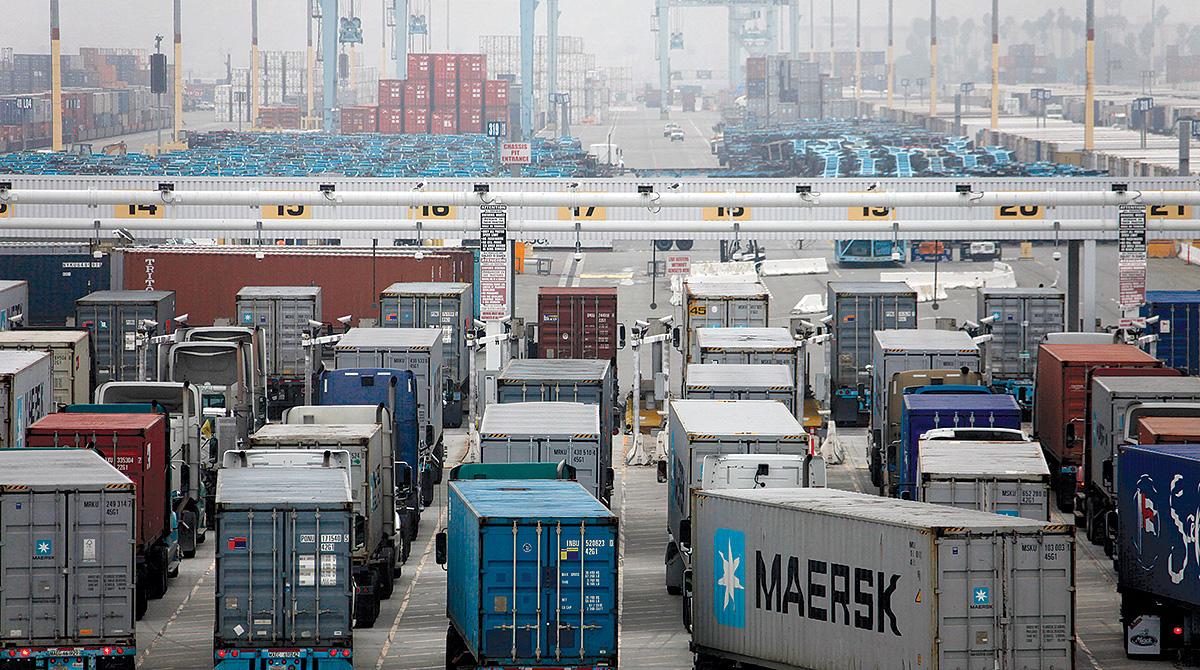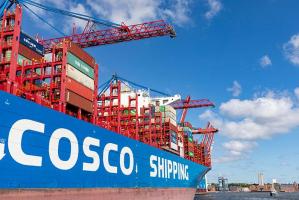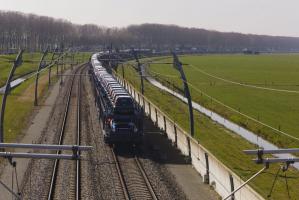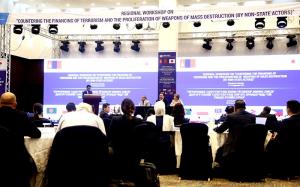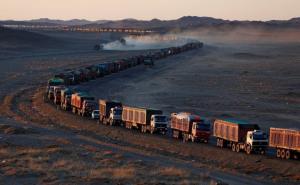West Coast Ports Show Early Signs of Slowdown Due to Tariffs
While the holiday shipping season is keeping import volume steady for some of the nation’s busiest ports, executives are raising concerns about the long-term effects an extended trade battle with China could have on exports, and business overall.
At the Port of Los Angeles — the nation’s busiest facility — the volume of 20-foot-equivalent unit containers (TEUs) dropped 2.7% year-over-year to 779,902, compared with 801,264 in 2018. However, year-to-date the port is still 3.7% ahead of 2018’s record pace, having processed 7,091,776 TEUs through the first nine months of 2019, compared with 6,779,605 in 2018.
While the Trump administration has announced a partial agreement with China that could eventually scale back some of the tariffs the U.S. has placed on Chinese goods, the head of the L.A. facility has a stern warning to Washington.
“The ill-advised U.S.-China trade war continues to wreak havoc on American exporters and manufacturers,” said Port of Los Angeles Executive Director Gene Seroka. “We’ve seen declining exports for 11 consecutive months while our fastest growing market segment is exporting empty containers back to Asia. It’s likely we’ll see softer volumes in the fourth quarter. We must have a negotiated settlement of the trade war as it is beginning to impact the more than 3 million jobs in the U.S. that are tied to this port complex.”
The Port of Long Beach, the nation’s second-busiest facility, in preliminary September figures released on Oct. 16 showed a 0.8% increase from 2018. The port processed 706,956 TEUs, compared with 701,204 in 2018.
However, fiscal year-to-date the port’s TEU numbers are down 3.2% at 7,747,252 compared with 8,000,929. The port’s fiscal year wrapped up Sept. 30.

 EN
EN
